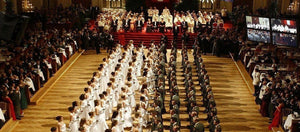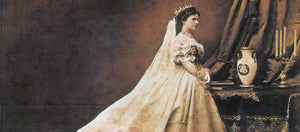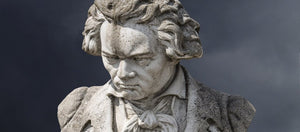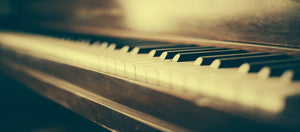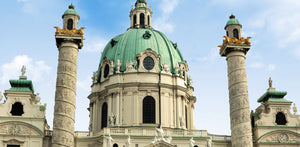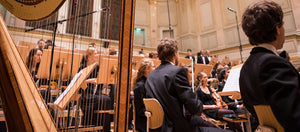Mozart’s Life in Vienna — Where to Follow in the Creative Genius’ Footsteps
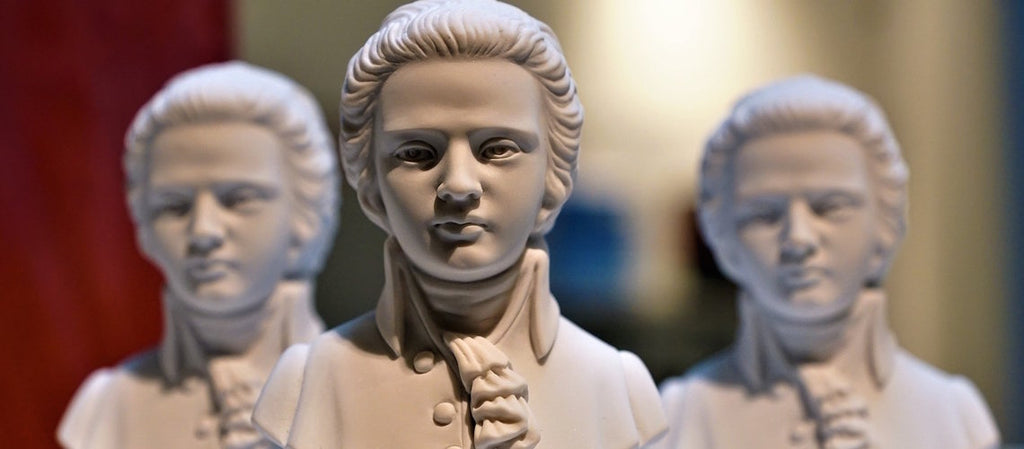
To many people, Wolfgang Amadeus Mozart is the finest musical genius of all time. Between the baroque period and the age of revolution, the remarkable composer spent a lot of his creative years in Vienna, where his music was inspired by the captivating city. Many of the places he frequented during his time in the City of Music are still standing today and continue to pay homage to the musician. If you want to see Vienna through Mozart’s eyes, here’s a little bit about his time spent in Vienna and the best places to go to get a sense of his presence today.
Mozart’s history in Vienna
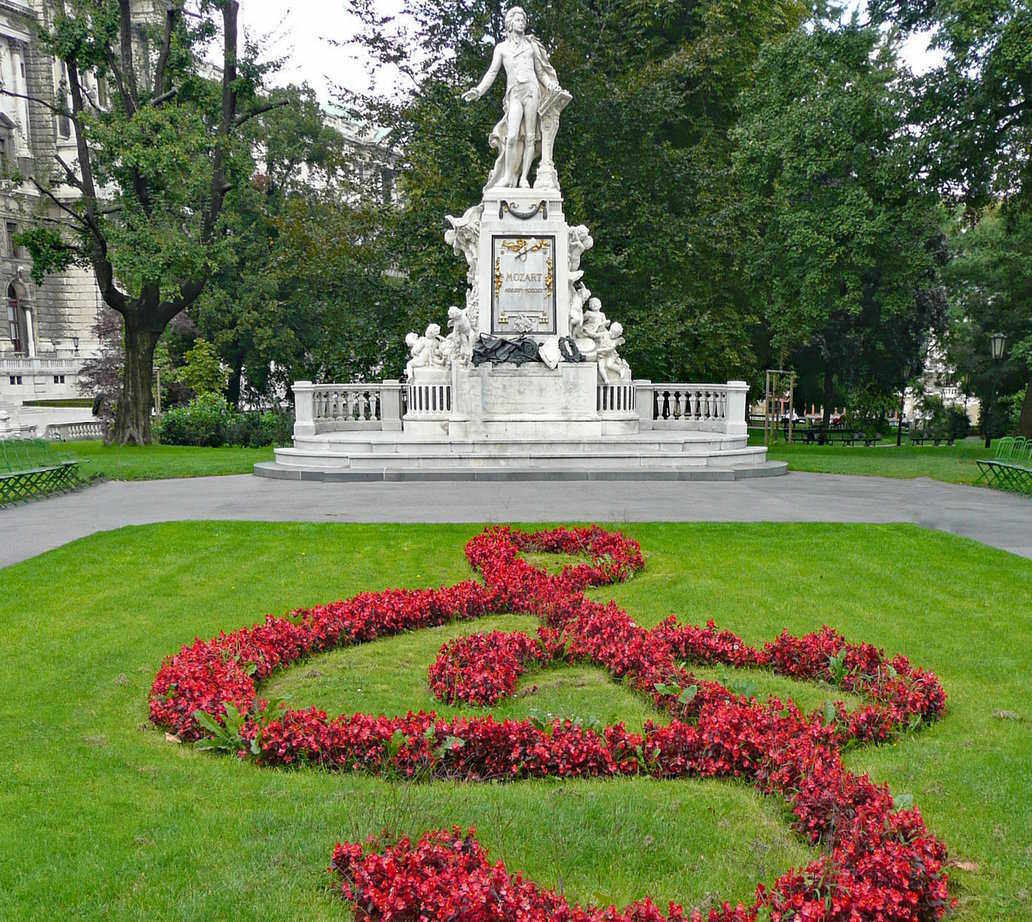
Mozart’s early years
Johannes Chrysostomus Wolfgangus Theophilus Mozart was born on January 27th, 1756 in Salzburg, Austria and by the age of five, he’d already written his first composition. When visiting Vienna in 1762, the Mozart children performed at the Hall of Mirrors within the Schönbrunn Palace in front of Maria Theresia. After the concert, little Mozart jumped straight onto the monarch’s lap to hug and kiss her. Such shocking behaviour made the child prodigy become the talk of the town instantly.
Six years later in 1768, Maria Theresia granted the then 12 year old Mozart a two-hour audience at the Imperial Palace, where the Habsburgs resided. His performance was so outstanding that he followed it up with a second concert in honour of the Duke of Württemberg in the autumn of 1781. That year, he was privileged enough to be invited to spend Christmas Eve at the Imperial Apartments with Emperor Joseph II, Maria Theresia’s son.
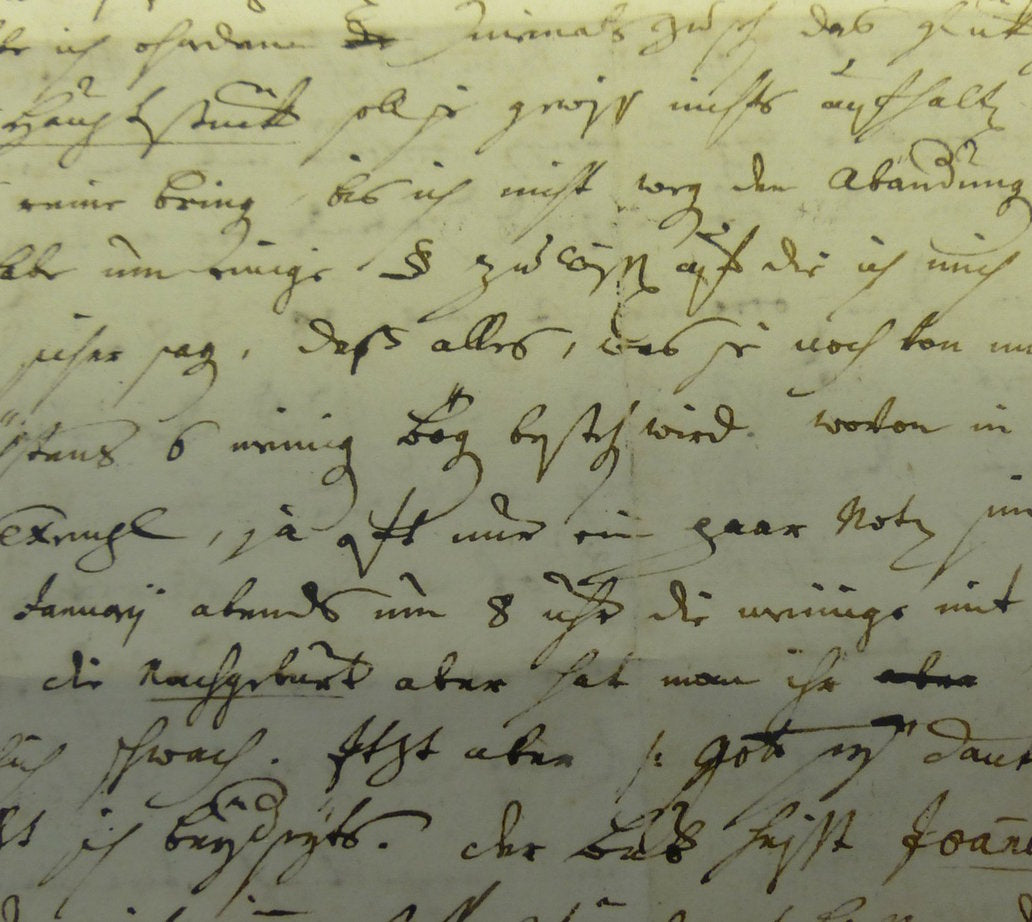
Mozart’s adult life
During 1781, when Mozart was 25, he spent a few weeks living at the House of the Teutonic Order in Vienna with his employer, the Archbishop of Salzburg. Here the composer decided he wanted to go it alone and was ungraciously dismissed. However, he stayed in Vienna and tried to make a living as an independent musician, making an income by teaching people how to play piano and writing commissioned compositions.
In 1782, Mozart married Constanze Weber at St. Stephen’s Cathedral. The couple thoroughly embraced the music and social scenes in Vienna and became parents of six children, although only two lived beyond infancy. Despite many affairs, the pair stayed together until Mozart’s death.
A few years later in 1786, Mozart played a series of concerts called “Sunday Academies”, during which he sang and played the piano in the Grand Hall of the building now known as the National Library. In the same year, Joseph II demanded a musical competition between Kapellmeister Antonio Salieri and Mozart at the Orangery of Schönbrunn Palace. Despite a spectacular performance by Mozart, the emperor preferred Salieri.
Mozart’s career peaked around 1790, when “Così fan tutte” premiered, followed by “La Clemenza di Tito” and “The Magic Flute” in 1791. Shortly after, Mozart became seriously ill while working on Requiem. Tragically, he died on December 5th, 1791 when he was just 35. His body was consecrated at St. Stephen’s Cathedral, the same place he was married, and he was buried in St. Marx cemetery.
Mozart attractions in Vienna
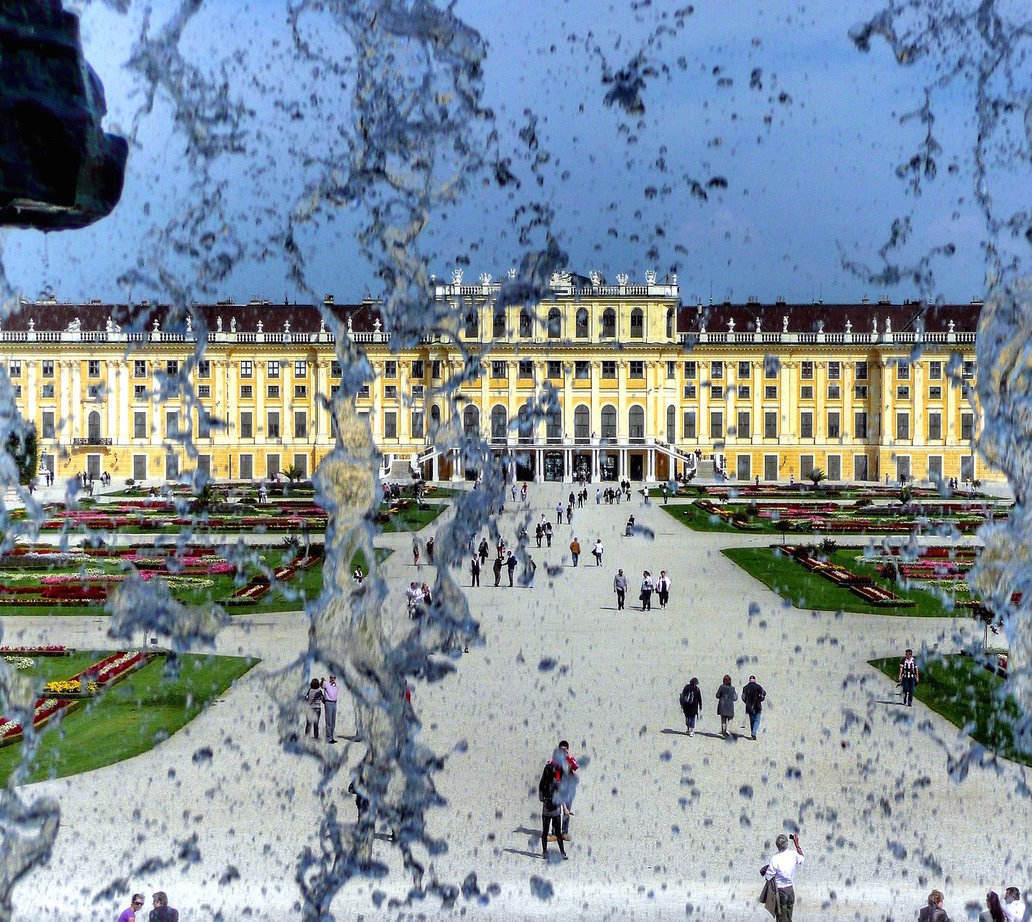
Schloß Schönbrunn
The first place Mozart performed publicly in Vienna, Schönbrunn Palace is a must-visit for every classical music lover in Vienna. This regal venue continues to host spectacular classical music concerts throughout the year, many of which include the most famous pieces composed by Mozart, performed by some of the most talented musicians in the industry.
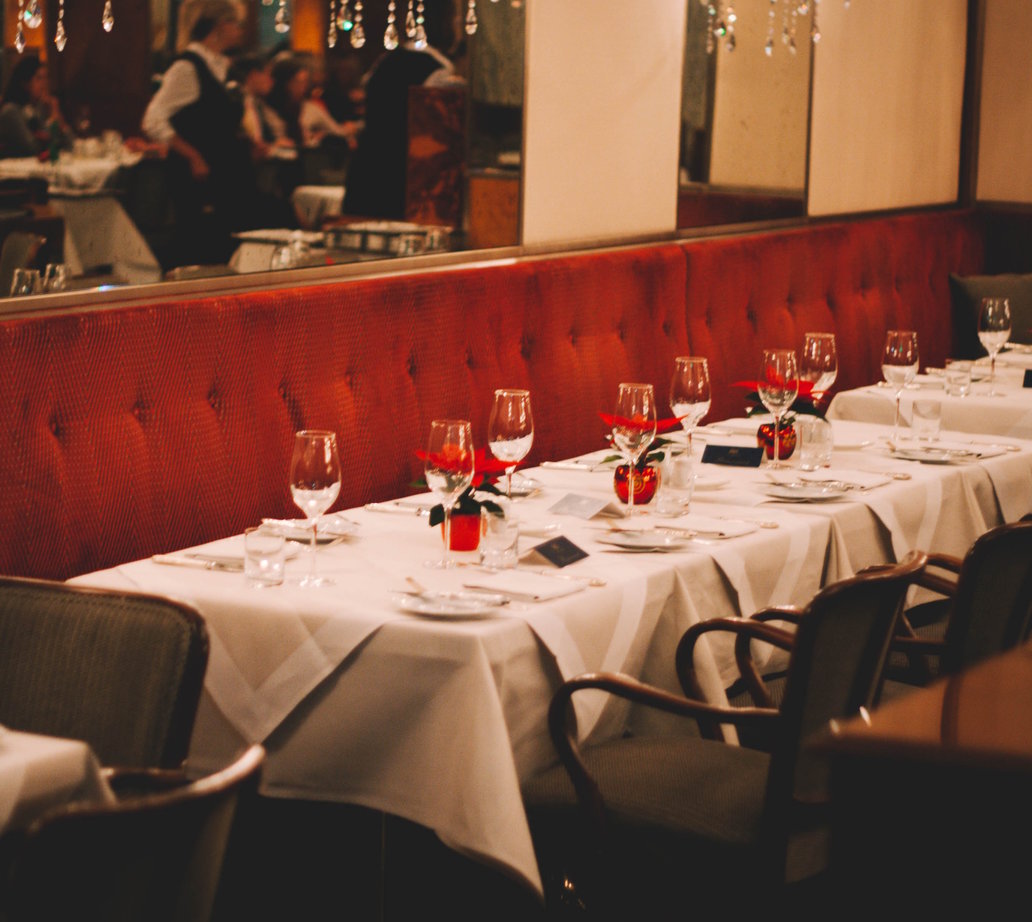
Cafe Frauenhuber
Although Mozart played most of his concerts in grandiose venues in front of royalty, by 1787 seats began to be left empty and he started performing at local cafes instead. One cafe he played in frequently still exists today — Cafe Frauenhuber. The oldest coffee house in Vienna, this cafe is a great place to indulge in local specialities, like sachertorte and wiener schnitzel while imagining the blissful sounds of Mozart playing in the background.
Hofburg Palace
Also known as the Imperial Palace where Mozart played his second performance in Vienna, the Hofburg Palace is a magnificent venue, home to imperial apartments, libraries, museums, churches and riding schools, most of which are open for the public to explore. The royal complex is testament to the impressive architectural styles which graced Vienna in between the Gothic period and the late 19th century and is a truly astonishing place to visit.
Mozarthaus Wien
Although Mozart lived in at least a dozen different places throughout Vienna, the only apartment which remains intact today is Domgasse number 5 where he lived between 1784 and 1787. Renamed Mozarthaus Wien, this iconic attraction lets you walk through the same rooms Mozart called home, admiring pictures, documents, models and artefacts which reveal fascinating details about his professional and personal life.
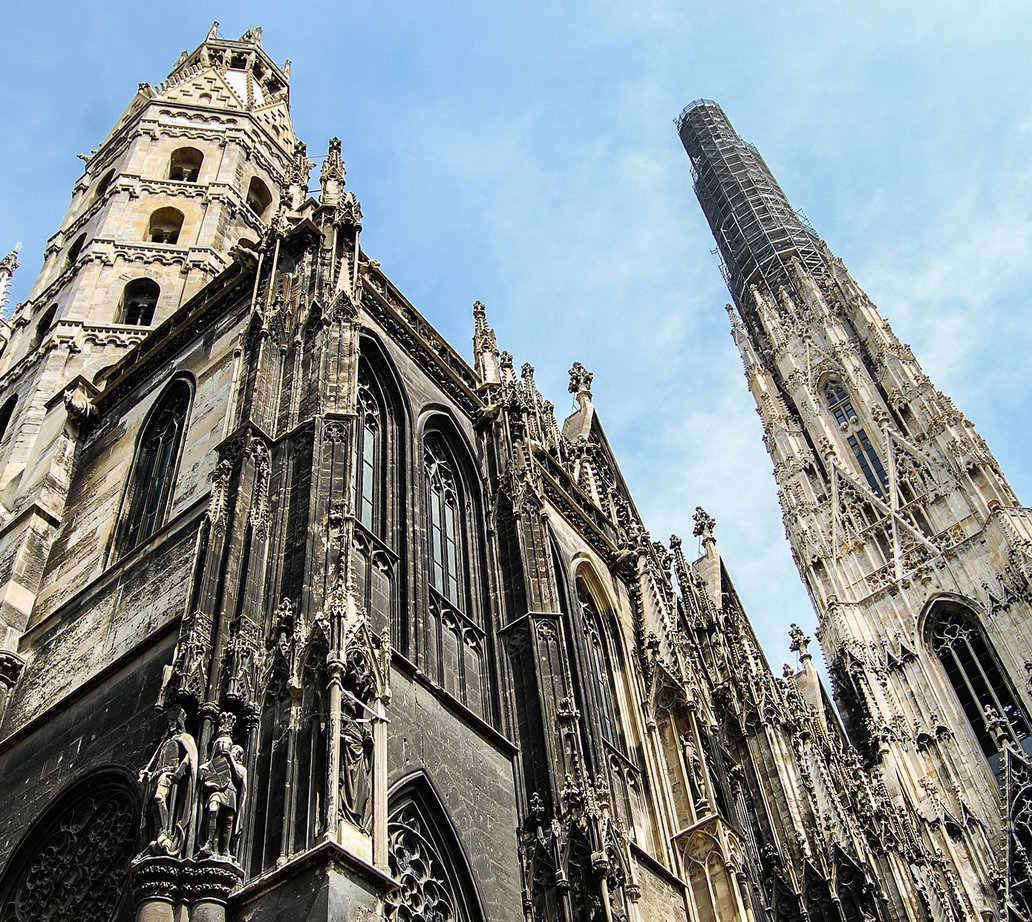
St. Stephen’s Cathedral
The special location where Mozart was both married and consecrated, St. Stephen’s Cathedral is another place where the famous composer’s legacy lives on through his music. This exceptional venue presents concerts throughout the year, with the most standout concert bring the annual Christmas concert, during which the creative works of Mozart, Bach, Schubert and Haydn drift through the air.
St. Marx Cemetery
The final resting place of Mozart, St. Marx Cemetery is most well-known for being home to the unmarked grave of the composer. Although experts can’t say for sure where he’s buried, there’s a memorial in what is presumed to be the correct spot which people can visit and pay their respects. Other famous people buried in the cemetery include composer Josef Strauss and soprano Anna Gottlieb.
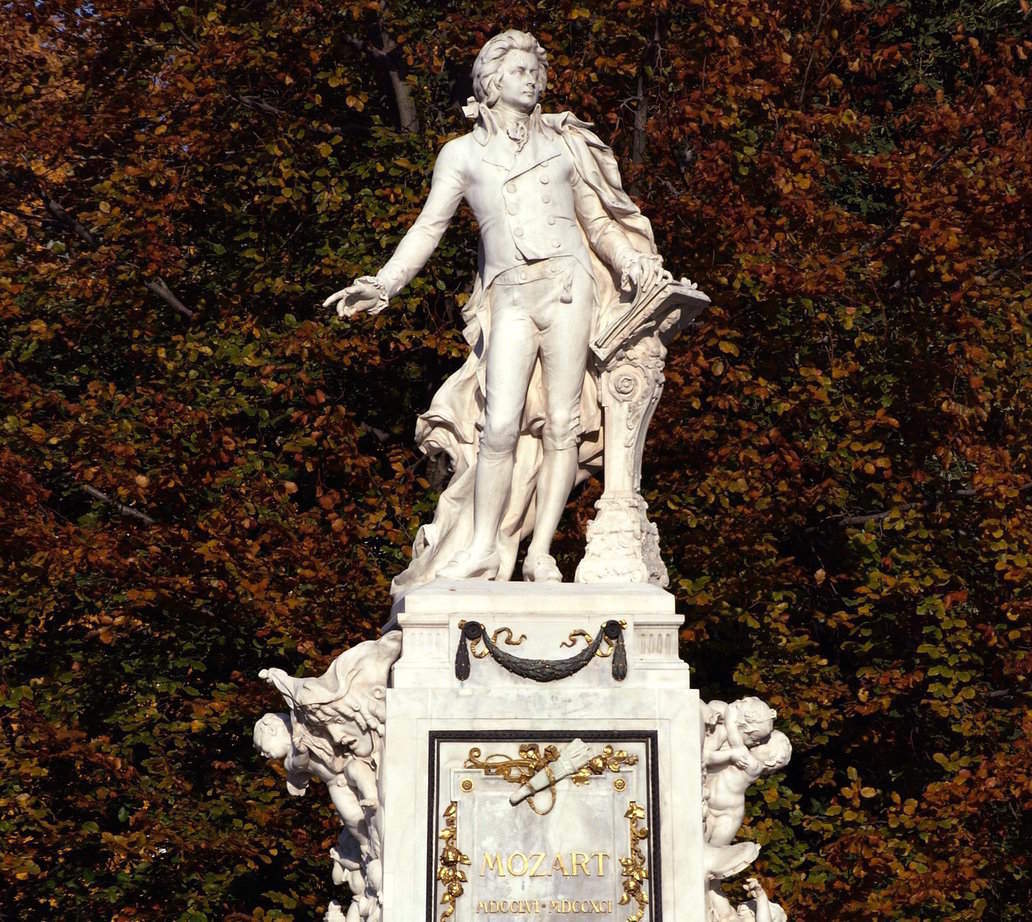
Mozart Monument
Located within the Burggarten (the Imperial Palace gardens), the Mozart Monument is the biggest statue dedicated to the musical genius and dates back to 1896. A successful adult Mozart dominates the monument, but there are several reliefs depicting various scenes from his previous work and childhood. The beautifully manicured lawn, featuring flowers in the shape of a musical clef, in front of the monument makes this an excellent spot for photos.
← Vorheriger Post Nächster Post →
Book your accomodation in Vienna
Booking.com- Stichworte: concerts Schloß Schönbrunn St. Stephen's Cathedral


